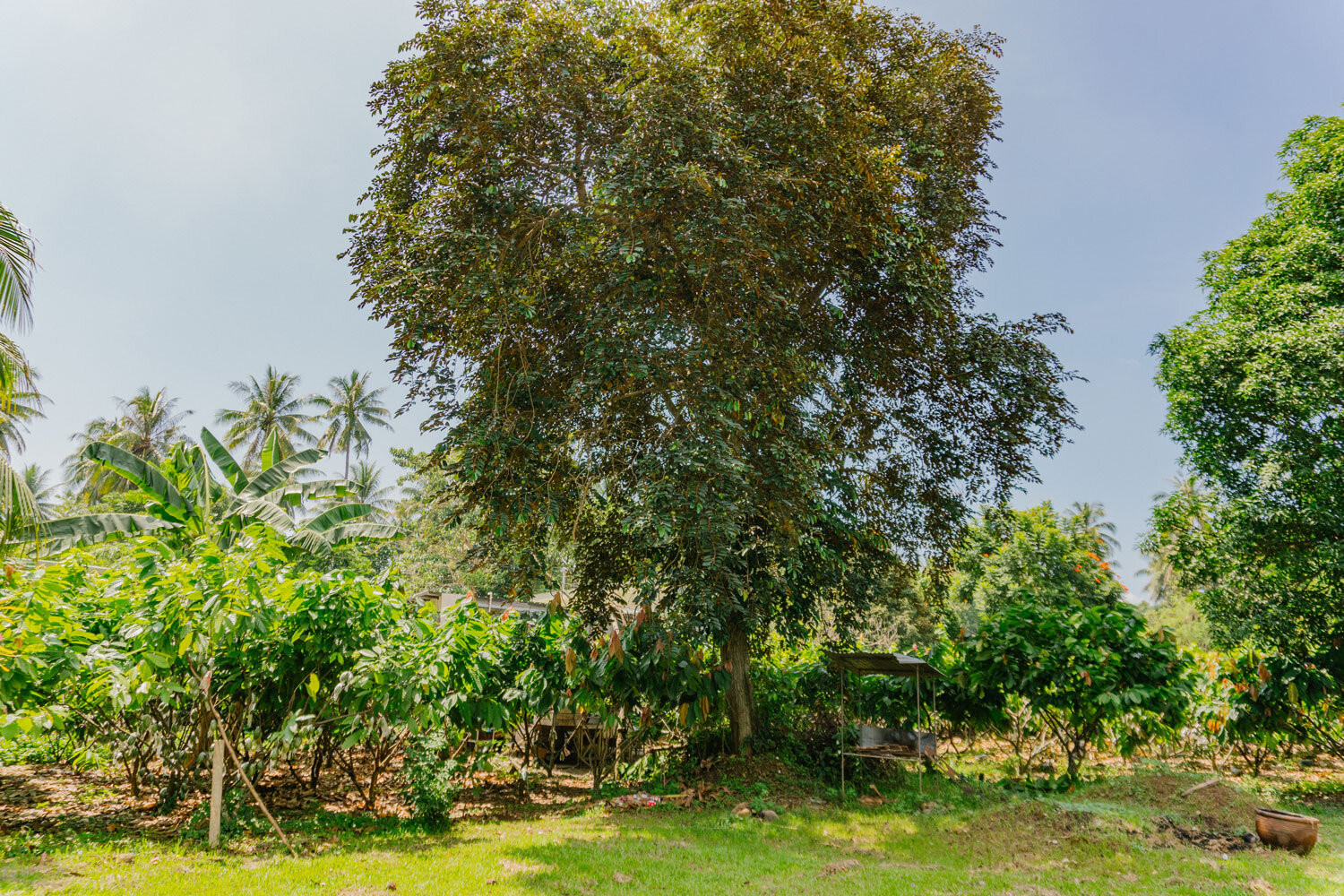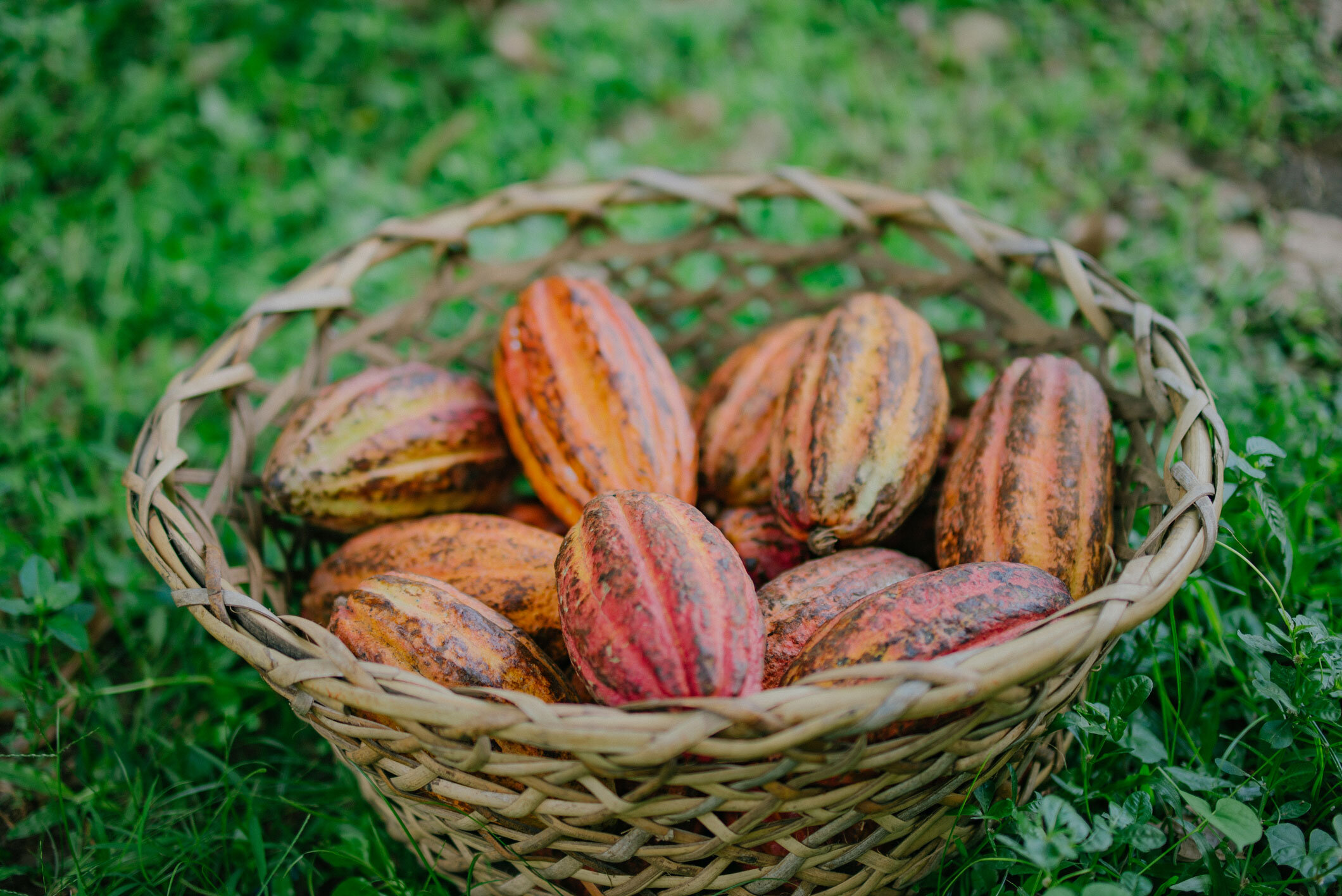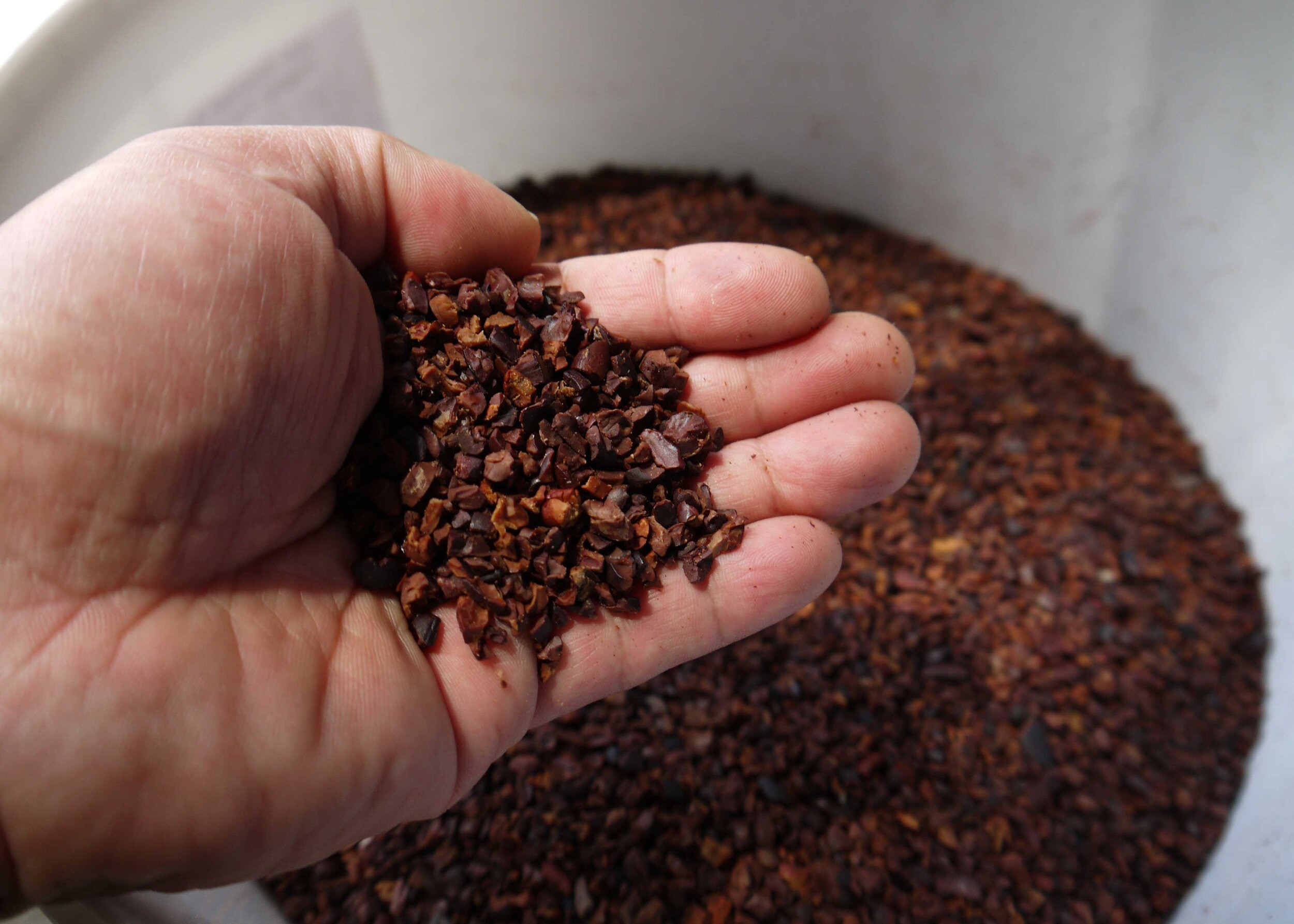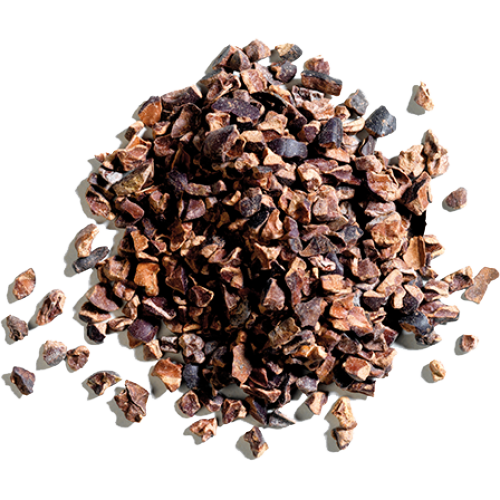Are Cacao Nibs Healthy?
What are cacao nibs, and are they good for you?
Cacao nibs are crushed pieces of cocoa beans.
They are fermented, dried, and then roasted.
Cacao is nutritious and exceptionally rich in antioxidants.
Studies indicate adding them to your diet can have positive health benefits.
Theobroma cacao — aka, the cacao tree, or the cocoa tree — is a small tree native to the deep tropical regions of Mesoamerica. Beautiful and highly colorful pods grow on them, and within those pods, are seeds, called beans, which are the main ingredient of chocolate. Cacao nibs are pieces of those beans. They are ground into a paste and mixed with other ingredients to make chocolate.
In recent years, especially in the United States and Europe, nibs have increased in popularity as people embrace eating them on their own or advocating their use in various meals.
Why the sudden interest in nibs?
Cacao Nibs Are Good For You
A bona fide superfood, these little nibs contain more antioxidants per serving than blueberries and are loaded with substantial amounts of iron, calcium, and magnesium. Studies indicate that adding them to your diet can improve cardiovascular health, ease diabetes issues, and have other health benefits for mind and body.
Here are a few key benefits:
Improves cellular health - nibs contain more antioxidants than other superfoods
Prompts the brain to release serotonin - a feel-good hormone
Improves cardiovascular health - anti-inflammatory flavonoids protect the heart and the arteries in your heart and brain
Polyphenols prevent premature aging - studies suggest they protect cells from oxidation, which keeps you feeling and looking young
One serving - around three tablespoons of nibs - comes in under 180 calories. Unlike chocolate bars (especially sugar-loaded milk chocolate), cacao nibs are naturally low in sugar. They're also a good source of fiber, protein, and healthy fats — nutrients that help promote feelings of fullness.
How To Use Cacao Nibs
There are countless ways to enjoy cacao nibs.
Here are a few ideas:
Toss them into your morning smoothie.
Use them to add that extra something to muffin and bread recipes.
Stir them into your morning cereal or oatmeal.
Use them in savory sauces like barbecue and mole.
Use them in place of chocolate chips in granola recipes.
Sprinkle roasted nibs on your yogurt.
Are you a home-brewer? Add some into a secondary fermenter or keg for approximately two weeks during maturation.
It's possible to incorporate cacao into all kinds of dishes, foods, and drinks. Be adventurous and have a willingness to experiment!
Cacao nib precautions
Cadmium and Other Heavy Metals
In recent years, one of the most significant issues faced by chocolate makers is high cadmium levels in cacao. Cadmium is chemically similar to zinc and mercury. You can find cadmium in soils adjacent to high volcanic activity, forest fires, and weathering of rocks. It is taken up by many plants, including cacao, especially cacao from Central and South America.
If your morning ritual includes cacao in your smoothie or a serving sprinkled over oatmeal, it makes sense to minimize the risk. Prolonged or high-intensity exposure can cause health issues, especially lung cancers.
Traces of cadmium are more prominent in cacao from Latin America. Since 2001 the EU has imposed a regulation on the maximum levels for cadmium in food. In 2014, they approved Commission Regulation 488, which called for new limits on the cadmium levels in cocoa products by January 1, 2019.
Fortunately, Philippine cacao from Davao has low levels of cadmium. The Department of Trade and Industry's Philippine Trade and Investment Center (PTIC) in Geneva, Switzerland, tested Davao grown cacao, and cadmium levels are well below EU limits.
Actual raw cacao beans (left) and fermented beans (right)
So-Called "Raw" Cacao Nibs
It's a misnomer to call cacao raw. Real raw cacao is unpalatable and bitter because it contains a lot of tannins. Processing is necessary to transform it into something edible. That process is fermentation. Nearly all cacao available at the retail level has been fermented.
The beans are placed in an environment that encourages yeast, bacteria, and other microorganisms to grow and break down the beans' sugars. It's nearly always outside and in the open. That's a good thing. It allows organisms and microbes to alter the cacao and, in the process, impart the aroma we associate with chocolate.
Afterward, to ensure the ferment took, the beans undergo inspection. Most growers use a cut test — the beans are split and visually inspected. You can no longer grow a cacao tree from fermented seeds. The heat from fermentation has cooked them. Therefore, we think it's a pretty big leap to call fermented beans "raw," but that's the term people extolling the health benefits of "raw cacao" use.
Roasted Cacao Is Safer To Eat
The bacteria and microorganisms that fermented the beans don't just disappear. In traditional chocolate processing, most of these bacteria and any pathogens - Salmonella, Listeria, E. Coli, Staphylococcus, and other potentially harmful bacteria - are killed during roasting.
Purchasing so-called "raw" cacao is like flipping a coin. Perhaps it has been treated or batch inspected to ensure it's safe for consumption. If this is the case and laboratory testing documentation exists, then it is probably safe to eat. Good luck finding those documents.
Oodaalolly is a small company, and always roasts cacao. Selling cacao nibs un-roasted risks customer health. Additionally, roasting has been shown to better lock in health benefits. A Pennsylvania State University study found that the temperature and length of time cacao beans are roasted can preserve and even boost the potency of the compounds believed to have health benefits.
Since we only source Philippine beans, we can focus on the unique roasting profile they require to bring out their maximum flavor. As a bean-to-bar chocolate maker, Oodaalolly has the opportunity to perfect this technique. It just so happens that this roasting profile produces exceptional nibs.
Why is this? It's because of the many complex chemical reactions that roasting unlocks. It's the interplay between these individual compounds and molecules that gives color and taste to cacao. It also improves its health benefits.







